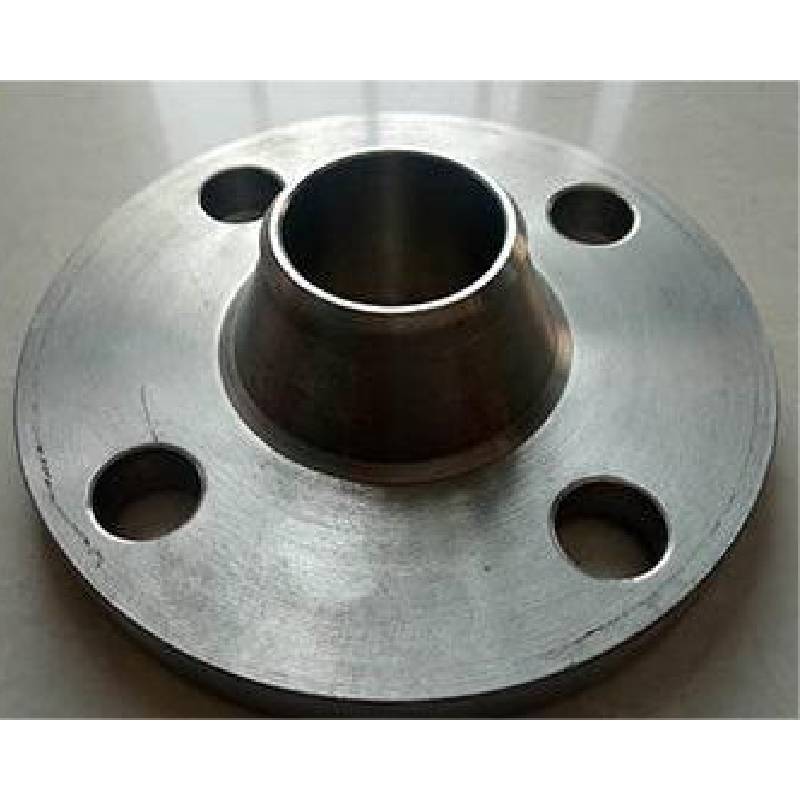-
Cangzhou Yulong Steel Co., Ltd.
-
Phone:
+86 13303177267 -
Email:
admin@ylsteelfittings.com
- English
- Arabic
- Italian
- Spanish
- Portuguese
- German
- kazakh
- Persian
- Greek
- French
- Russian
- Polish
- Thai
- Indonesian
- Vietnamese
- Zulu
- Korean
- Uzbek
- Hindi
- Serbian
- Malay
- Ukrainian
- Gujarati
- Haitian Creole
- hausa
- hawaiian
- Hebrew
- Miao
- Hungarian
- Icelandic
- igbo
- irish
- Japanese
- Javanese
- Kannada
- Khmer
- Rwandese
- Afrikaans
- Albanian
- Amharic
- Armenian
- Azerbaijani
- Basque
- Belarusian
- Bengali
- Bosnian
- Bulgarian
- Catalan
- Cebuano
- China
- China (Taiwan)
- Corsican
- Croatian
- Czech
- Danish
- Esperanto
- Estonian
- Finnish
- Frisian
- Galician
- Georgian
- Kurdish
- Kyrgyz
- Lao
- Latin
- Latvian
- Lithuanian
- Luxembourgish
- Macedonian
- Malgashi
- Malayalam
- Maltese
- Maori
- Marathi
- Mongolian
- Myanmar
- Nepali
- Norwegian
- Norwegian
- Occitan
- Pashto
- Dutch
- Punjabi
- Romanian
- Samoan
- Scottish Gaelic
- Sesotho
- Shona
- Sindhi
- Sinhala
- Slovak
- Slovenian
- Somali
- Sundanese
- Swahili
- Swedish
- Tagalog
- Tajik
- Tamil
- Tatar
- Telugu
- Turkish
- Turkmen
- Urdu
- Uighur
- Welsh
- Bantu
- Yiddish
- Yoruba

Jul . 27, 2024 08:44 Back to list
Understanding the Standards and Specifications for Threaded Fittings in Pipe Systems Design
Understanding Threaded Fittings Standards A Comprehensive Overview
Threaded fittings play a critical role in various industrial and plumbing applications, providing connections between pipes, tubes, and valves. To ensure reliability, safety, and performance in these systems, numerous standards have been established globally. This article will discuss the importance of threaded fittings standards, key specifications, and their applications.
The Importance of Threaded Fittings Standards
Threaded fittings standards are essential for multiple reasons. First and foremost, they ensure compatibility between components manufactured by different companies. In an industry with numerous players, having a standardized set of specifications allows engineers and technicians to confidently assemble systems where components function seamlessly together.
Moreover, these standards address safety concerns. Poorly manufactured fittings can lead to leaks, which might result in environmental hazards, property damage, or even personal injury. By adhering to established norms, manufacturers can minimize these risks, thereby protecting both their customers and their own reputations.
Additionally, threaded fittings standards help maintain consistency in production quality. By following standardized processes, manufacturers can ensure that their products meet certain performance criteria, leading to increased reliability in end-use applications.
Key Specifications for Threaded Fittings
Several organizations are responsible for establishing standards governing threaded fittings, with some of the most notable being the American National Standards Institute (ANSI), the International Organization for Standardization (ISO), and the American Society for Testing and Materials (ASTM)
. Here are some key specifications often referenced in threaded fittings standards1. Thread Types Standards define various thread types, such as NPT (National Pipe Thread), BSP (British Standard Pipe), and others, which are crucial for ensuring proper sealing and connection between fittings.
threaded fittings standard

2. Material Specifications Standards may dictate which materials are suitable for different applications, ranging from galvanized steel and copper to PVC and stainless steel. Each material has unique properties that influence its suitability based on factors such as temperature, pressure, and the nature of the fluid being transported.
3. Pressure Ratings These specifications outline the maximum pressure that each fitting can safely withstand. Adhering to these ratings is paramount in preventing failures in high-pressure applications.
4. Coatings and Finishes Depending on the application, certain coatings may be required to protect against corrosion or wear and tear, enhancing the longevity and reliability of fittings used in harsh environments.
Applications of Threaded Fittings
Threaded fittings are utilized across a myriad of industries, including water supply, oil and gas, power generation, and manufacturing. In plumbing, for instance, threaded fittings are commonly used to connect pipes transporting potable water, sewage, and other fluids. In industrial settings, these fittings are foundational in hydraulic and pneumatic systems, where they enable the secure transfer of gases or liquids under pressure.
In the oil and gas sector, threaded fittings are integral to drilling operations and the subsequent transportation process. Their ability to withstand extreme pressures and corrosive substances makes them indispensable in ensuring safe and efficient operations.
Conclusion
In conclusion, threaded fittings standards play a vital role in ensuring the safety, reliability, and efficiency of fluid and gas transportation systems. By adhering to established specifications for materials, pressure ratings, and thread types, manufacturers can produce high-quality products that meet the diverse needs of various industries. As we continue to advance technologically and innovate in the field of material science, maintaining rigorous standards will be a key factor in promoting safety and performance across all applications involving threaded fittings.
Latest news
-
ANSI 150P SS304 SO FLANGE
NewsFeb.14,2025
-
ASTM A333GR6 STEEL PIPE
NewsJan.20,2025
-
ANSI B16.5 WELDING NECK FLANGE
NewsJan.15,2026
-
ANSI B16.5 SLIP-ON FLANGE
NewsApr.19,2024
-
SABS 1123 FLANGE
NewsJan.15,2025
-
DIN86044 PLATE FLANGE
NewsApr.19,2024
-
DIN2527 BLIND FLANGE
NewsApr.12,2024
-
JIS B2311 Butt-Welding Fittings LR/SR 45°/90° /180°Seamless/Weld
NewsApr.23,2024











